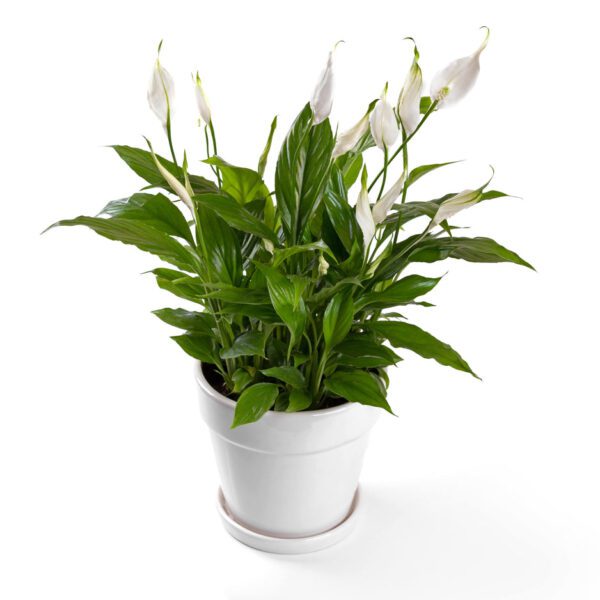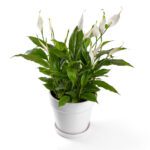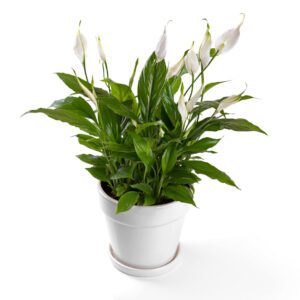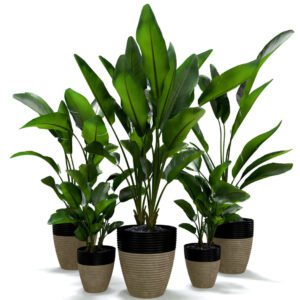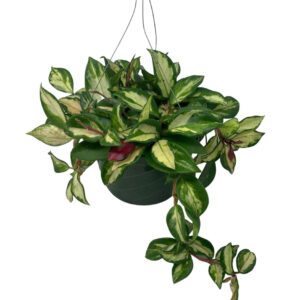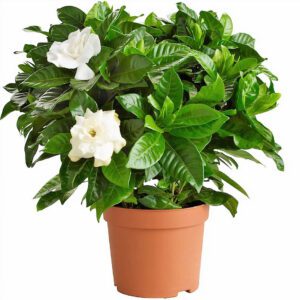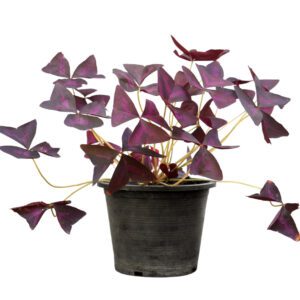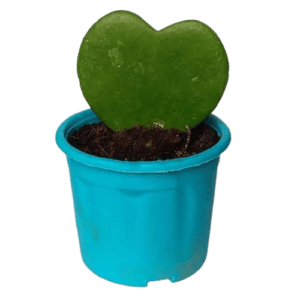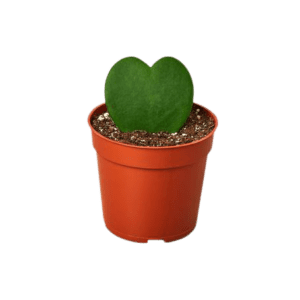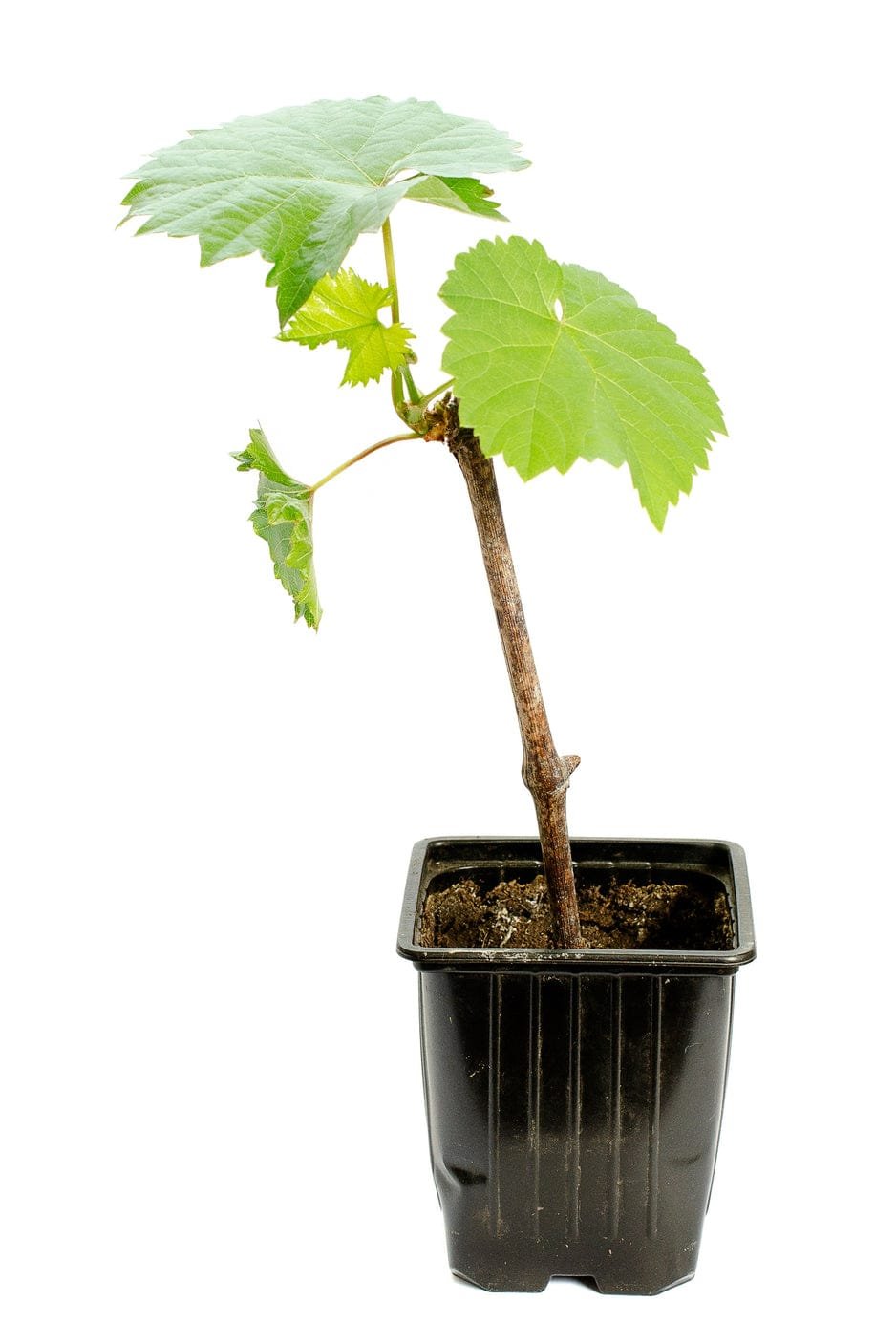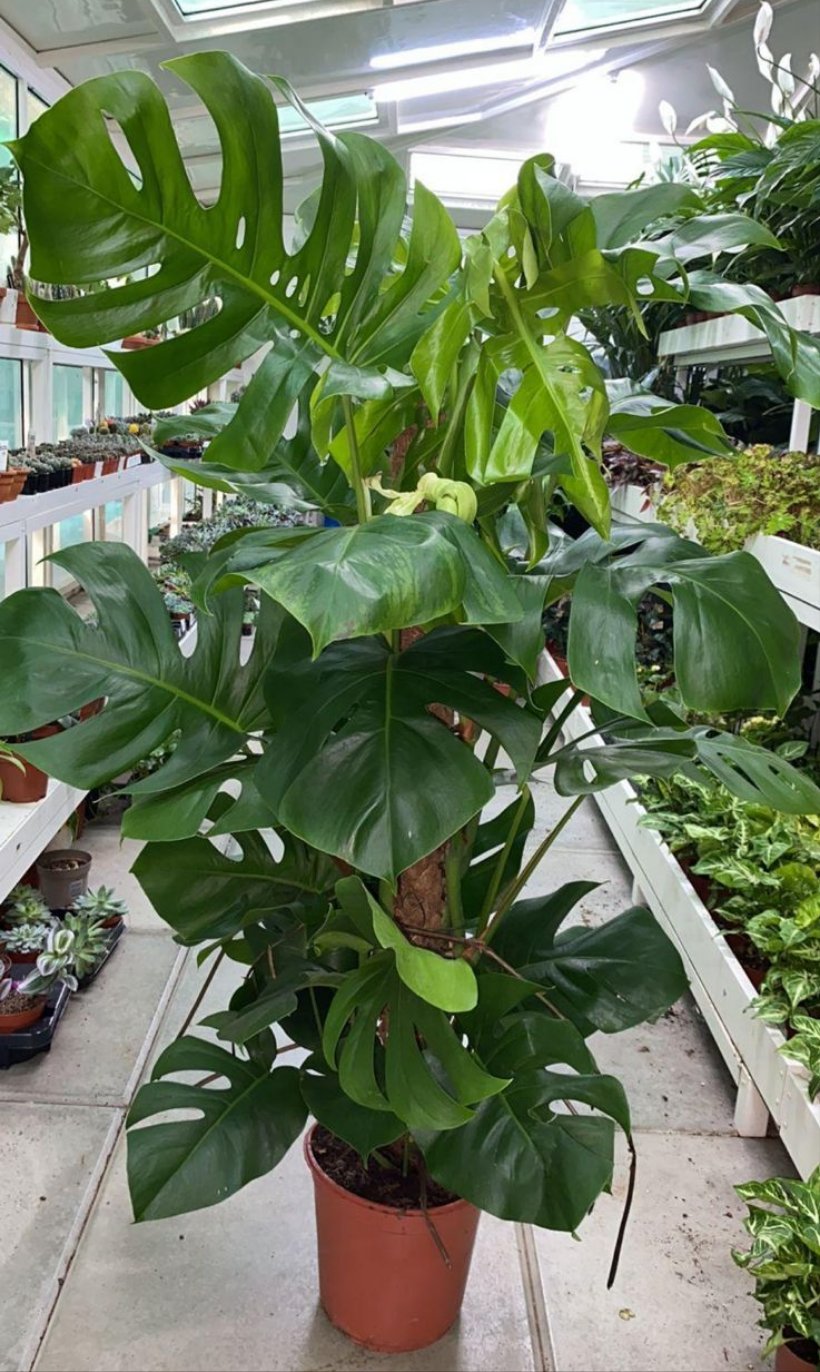Description
Native to tropical regions of the Americas, this perennial plant can grow up to 3 feet tall and is characterized by its broad, dark green leaves that can reach lengths of about 12 to 15 inches. The Peace Lily’s flowers are not true flowers but rather modified leaves called spathes, which surround a spike of tiny flowers called a spadix. The spathes are usually white, providing a striking contrast against the green leaves, and they can last for several weeks.
This plant is not only aesthetically pleasing but also known for its air-purifying qualities, making it an excellent addition to homes and offices. It’s relatively easy to care for, making it suitable for both novice and experienced plant enthusiasts.
Plant Care for Spathiphyllum “Peace Lily”
Light:
Peace Lilies thrive in indirect light. They can tolerate low light conditions but will produce more flowers with brighter, filtered light. Avoid direct sunlight, as it can scorch the leaves.
Watering:
Water the Peace Lily when the top inch of soil feels dry. Generally, this is about once a week, but it can vary based on humidity and temperature. Ensure the pot has good drainage to prevent root rot. If the leaves start to droop, it’s a sign that the plant needs water.
Humidity:
Peace Lilies prefer higher humidity levels. To increase humidity, you can mist the leaves regularly or place the pot on a tray filled with pebbles and water, ensuring that the pot is not submerged.
Temperature:
Maintain a temperature range of 65°F to 85°F (18°C to 29°C). Peace Lilies are sensitive to cold drafts and sudden temperature changes, so keep them away from doors, windows, and air conditioning vents.
Soil:
Use a well-draining potting mix that retains moisture but allows excess water to escape. A mixture of potting soil, peat moss, and perlite is ideal.
Fertilizing:
Fertilize the Peace Lily every 6 to 8 weeks during the growing season (spring and summer) with a balanced, water-soluble fertilizer diluted to half strength. Avoid fertilizing in the fall and winter when the plant’s growth slows.
Repotting:
Repot the Peace Lily every 1-2 years or when it becomes root-bound. Choose a pot that is 1-2 inches larger in diameter than the current pot.
Pest Control:
Watch for common pests such as spider mites, mealybugs, and aphids. If you notice pests, wipe the leaves with a damp cloth and treat the plant with insecticidal soap or neem oil if necessary.
Toxicity:
Peace Lilies are mildly toxic to pets and humans if ingested. Keep the plant out of reach of children and pets.
With proper care, the Peace Lily can thrive and bring a touch of natural beauty to your indoor space.
Additional Information
| Size | 130cm – 140cm, 20cm – 30cm, 50cm – 60cm, 60cm – 70cm |
|---|---|
| Flowers Color | White |
Disclaimer
The image displayed is for reference only. The actual product may differ in shape, appearance, climate, age, height, and other factors. Plants will be delivered in plastic pots unless the customer explicitly selects a different pot option.
All information provided is shared in good faith. However, we make no representations or warranties of any kind, express or implied, regarding the accuracy, adequacy, validity, reliability, availability, or completeness of the information on this site.

